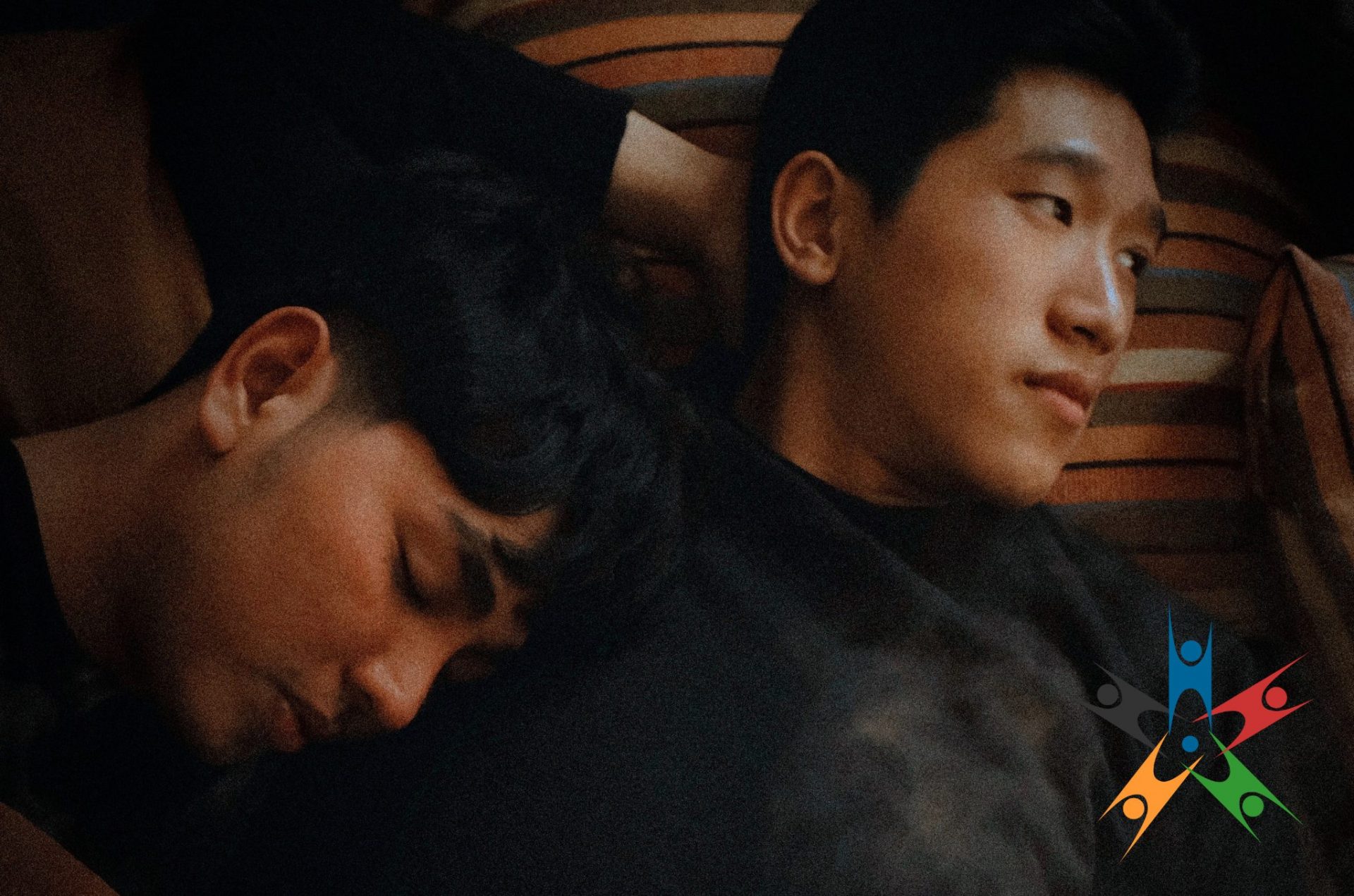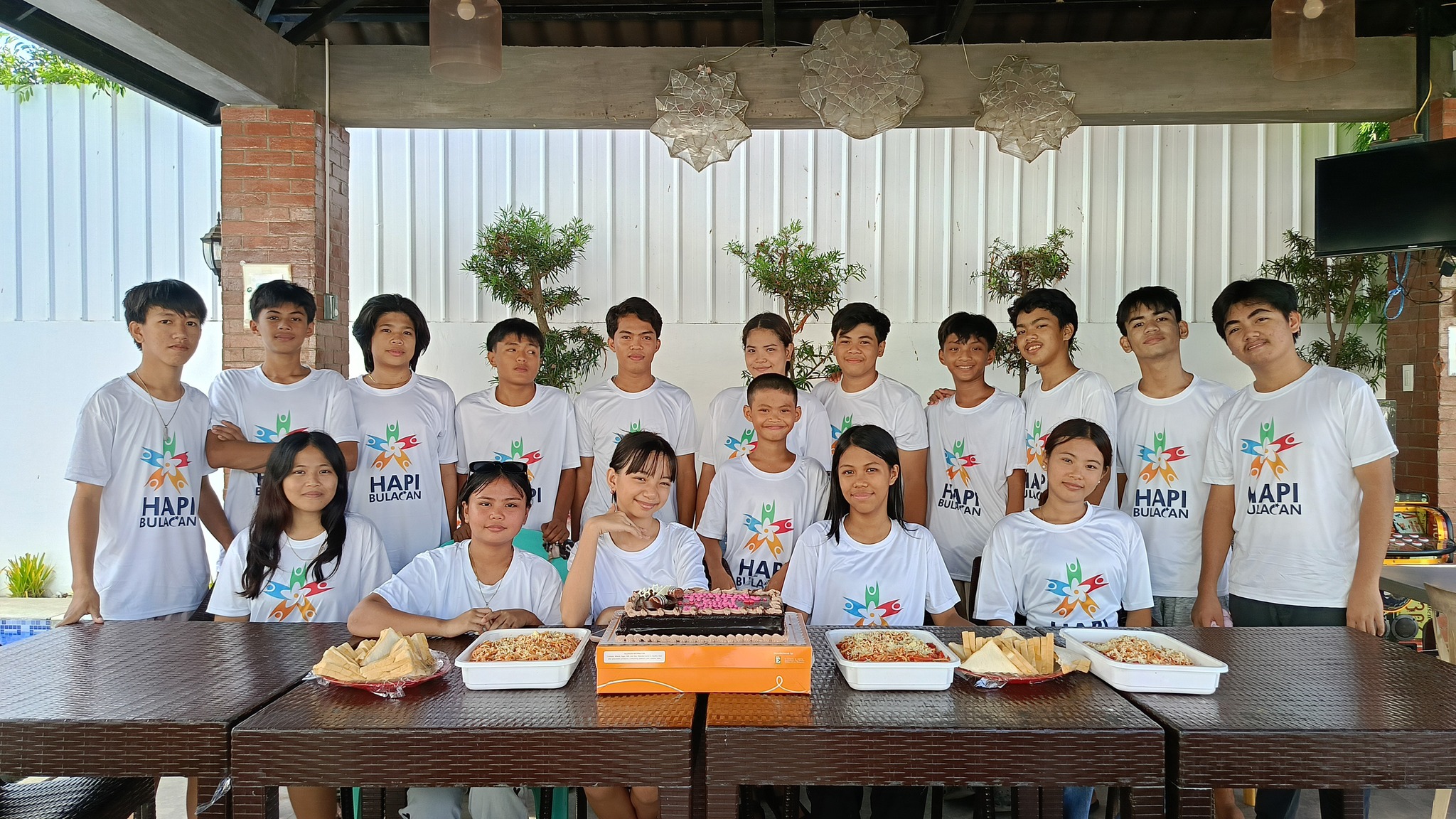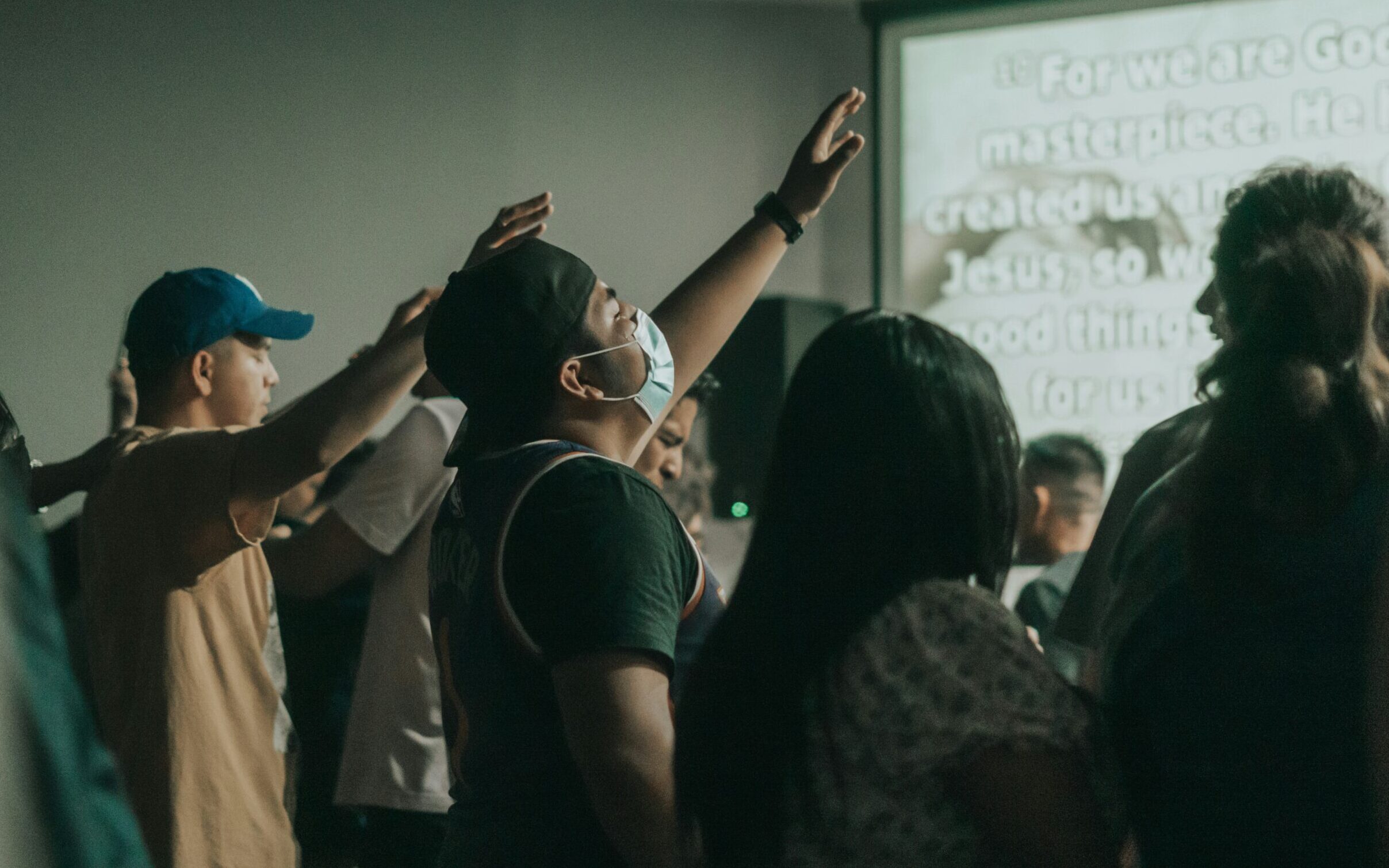By Steven Angelo Abellera
La Union, Philippines
HAPI Member
When lockdown got imposed in the Philippines, many of us immediately started wondering what we could to keep us busy throughout the duration of the community quarantine. It was from that boredom that the YouTube BL (or Boys’ Love) series sensation blew up.

While the term might sound new to your ears, BL has actually been around since the ’70s in Japan, where they were called “yaoi.” Cute romances between bishounen (beautiful boys in Japanese) and biseinen (beautiful young men) were prominently featured in media catered towards young female audiences, particularly in comics or manga. It may surprise you that the creators were mostly young females who were actively trying to push the boundaries of women’s comics. Some assert that these writers found creative leeway in portraying young men’s bodies because, then as now, men generally had more liberties than women. It was also catered primarily towards other women.
By the ’90s and beyond, the fanbase of the genre grew exponentially larger. In Thailand, unofficial Japanese yaoi manga translations sold like black market hotcakes from street vendors in Bangkok. BL TV dramas exploded in popularity not long after that. Similarly, across the sea, Singapore opened the Kinokuniya bookstores, which ushered in the arrival of BL comics, and South Korea enjoyed its fair share of BL web comics.
Now, it’s the Philippines’ turn. What may have began as a (ahem) happy accident of Filipino fans stumbling upon BL fanworks of their favorite animated shows has turned into an online phenomenon that, for better or worse, has become the first wave of gay love stories to significantly break through the Philippine mainstream.
As quarantine began last year, the online Thai drama 2gether became a local mainstream sensation, with its love team of Sarawatine even being invited onto TV Patrol interview at one point. As views skyrocketed, local media companies saw an opportunity, which then led to the creation of Gameboys, one of the most influential Filipino BL YouTube series to date (or in fact, just in general). Other series such as Gaya sa Pelikula (written by local wordsmith Juan Miguel Severo) received critical acclaim for being powerful depictions of finding love “in the closet”.
Of course, like any work of art, the Boys’ Love genre isn’t perfect. In the Philippines, questions of authenticity have been raised by the online LGBTQ+ community, partly because BL works are created mostly by women (essentially raising issues of fetishization and whatnot), and because they seem to rely heavily on stereotypes as well as operate as vehicles for absurd product placement. Also, young queer people are legitimately getting attached to these characters in a way they’ve never been able to with heterosexual telenovelas, and we need to protect those cinnamon rolls.
In the Philippines, the notion of “pride” has taken on an undoubtedly political thrust. Since the first Pride March in the country back in 1994, the open expression of gender has been inexplicably linked to the plight and struggles of working-class folk. The SOGIE (Sexual Orientation and Gender Identity Expression) Equality Bill, still stagnating in the Philippine Congress, is at the forefront of fighting for Filipino queer rights legislatively.
But we must not underestimate the role of entertainment in pushing for queer acceptance too, and now the BL series movement is leading the charge in that sector. As we enjoy the love stories of Sarawatine, Ben and Jim, Karl and Vlad, and the myriad other gay love teams popping out there, remember that the mere act of enjoying these stories and making them successful help push the movement forward. This is what acceptance looks like.










